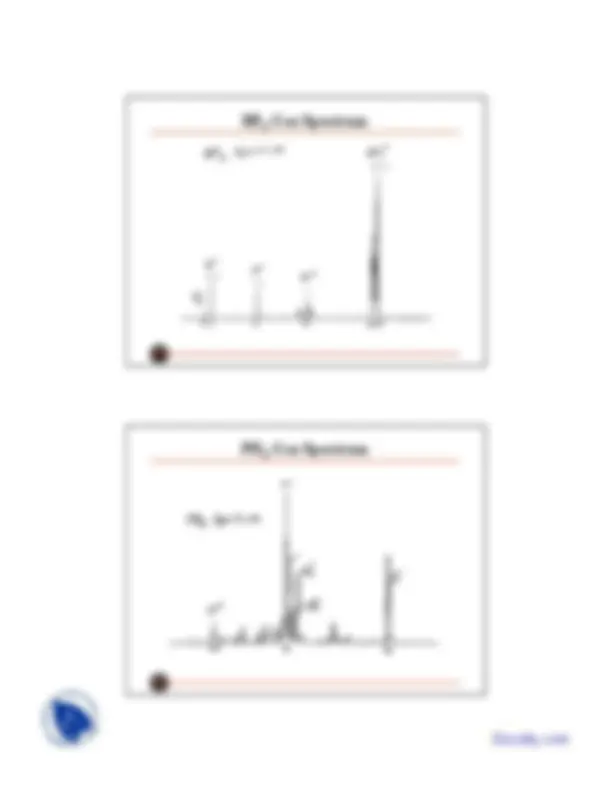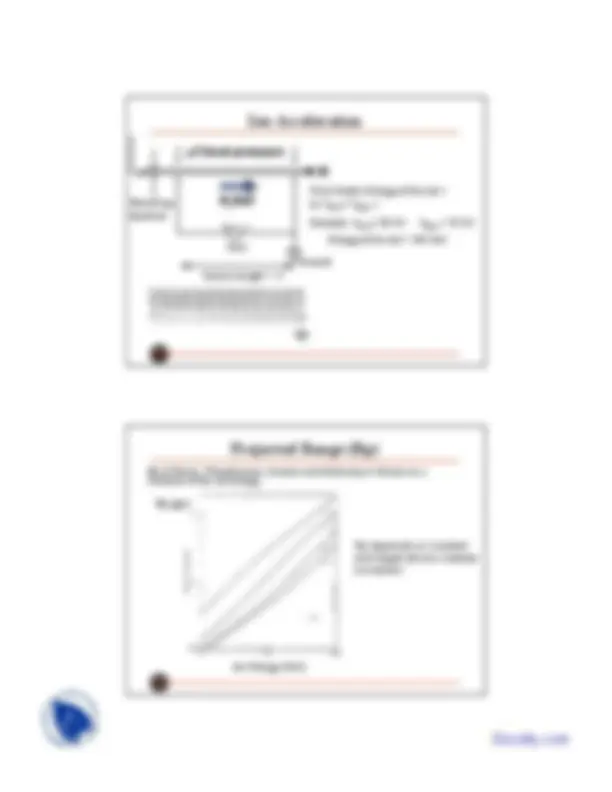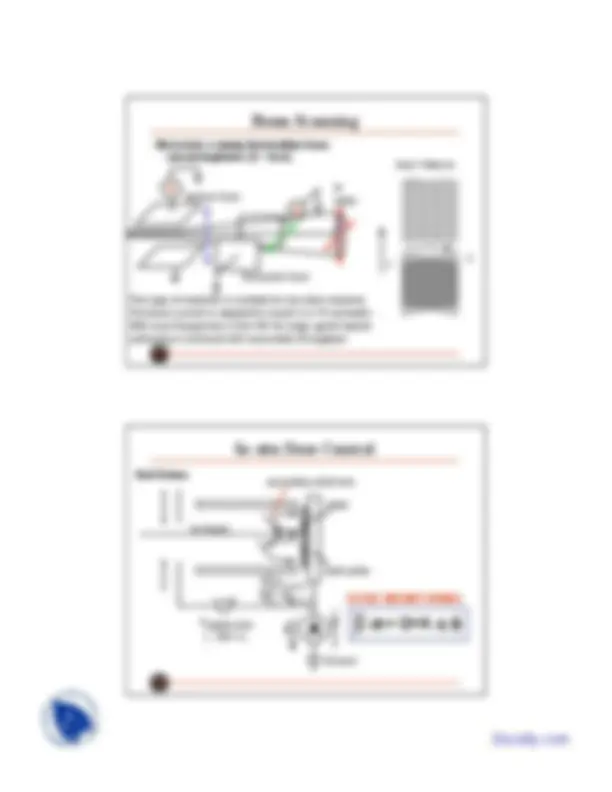





Study with the several resources on Docsity

Earn points by helping other students or get them with a premium plan


Prepare for your exams
Study with the several resources on Docsity

Earn points to download
Earn points by helping other students or get them with a premium plan
Community
Ask the community for help and clear up your study doubts
Discover the best universities in your country according to Docsity users
Free resources
Download our free guides on studying techniques, anxiety management strategies, and thesis advice from Docsity tutors
An overview of the principles of ion implantation, including the generation of ions from dopant gases, their extraction and selection using magnetic fields, and their acceleration to give them their final kinetic energy. The document also covers beam scanning techniques and in-situ dose monitoring.
Typology: Slides
1 / 6

This page cannot be seen from the preview
Don't miss anything!




Gas feed
To pump
Plasma Chamber
mT level pressure
variable extraction voltage (typically ~30KV )
Nielsen-type gaseous source
Resolving Aperture
R radius of curvature
Magnetic Field
V : ion velocity
M /q = R 2 B 2 / (2 Vext)
Mass to charge ratio of the selected ions:
selected ions
Heavier ions
The ions are extracted from the source and analyzed in a magnetic field. The Lorentz force makes the ions take a curved path with a radius of curvature that depends on the mass of each ionic species. By adjusting the magnetic field strength, only the selected ions will enter the accelerating column.
Centripetal Force
B F
R-H-R
Resolving Aperture
Ground
Vacc
E field
Column length = 3 ‘
Final Kinetic Energy of the Ion = q ( Vext + Vacc )
Example: Vext = 30 KV Vacc = 70 KV Energy of the Ion = 100 KeV
Rp (μm)
Ion Energy (KeV)
Rp of Boron, Phosphorous, Arsenic and Antimony in Silicon as a function of the ion energy
Rp depends on incident and target atomic masses (complex)
Electostatic scanning (low/medium beam current implanters (I < 1mA)
This type of implanter is suitable for low dose implants. The beam current is adjusted to result in t > 10 sec/wafer. With scan frequencies in the 100 Hz range, good implant uniformity is achieved with reasonable throughput.
V (^) y Vertical Scan
Horizontal Scan
Si wafer
Scan Patterns
V (^) x
End Station
Vsuppression ( - 500 V )
VFaraday cup ( - 100 V )
ion beam
secondary electrons
wafer
back plate
Ground